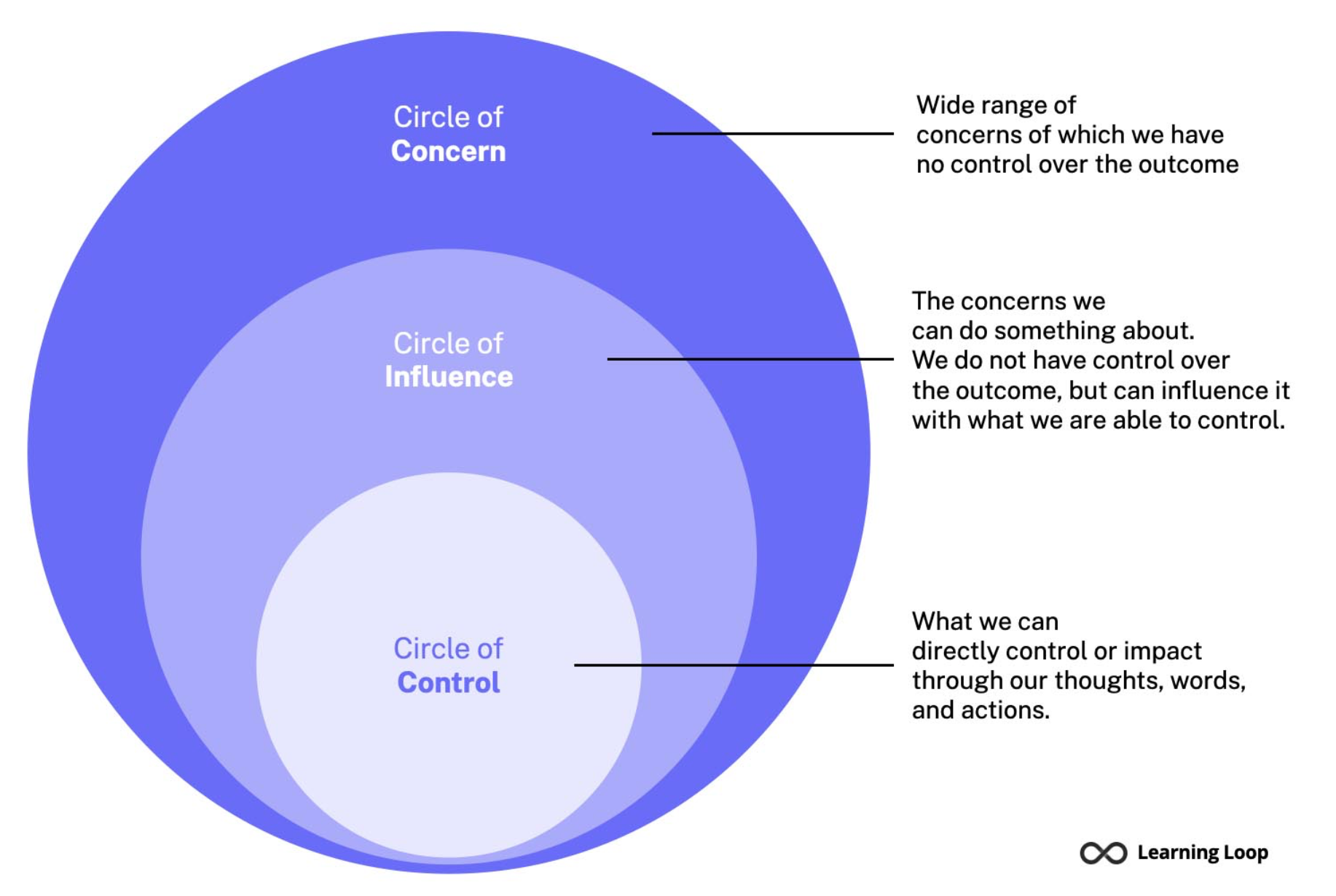How a simple model can transform your life: Mel Robbins’ “Let them Theory” Meets Brené Brown, Stephen Covey and Brooke Castillo
Currently high in the book charts is Mel Robbins’ “Let Them Theory”. At the core of Robbins’ theory lies an age-old coaching principle: change your thinking, and you change how you feel, what you do, and ultimately, what you achieve. This is such a simple model that can have transformative effects. As I will outline, Mel Robbins’ approach is only one version of this principle.
“Let Them Theory” has a straightforward two-part message. The first is about releasing our own expectations of others. For example, if you are left out of a project you would have loved to be part of, instead of feeling that inevitable rejection and having negative thoughts about your colleagues, you say to yourself “Let Them” get on without me. This can immediately release any pent-up tension and emotion you are feeling.
Brené Brown has a similar phrase that can create the same effect. Her phrase is “They are doing the best they can”. So, when you feel your frustration rising because the person in front of you in the coffee queue is taking an absolute age to decide what they would like to eat, instead of thinking “What an idiot” you say to yourself “They are doing the best they can”. This thought can create the same release of tension. Brené describes this phrase as the most selfish thought ever as the person who benefits is yourself - by immediately feeling so much better.
The second part of the “Let Them Theory” is to consider what you can control in the situation that has caused concern.
In the Seven Habits of Highly Successful People, Stephen Covey has set out a highly influential model referred to as the Circles of Concern, Influence and Control. Covey distinguishes between the areas of our lives we can control ourselves; those areas where we may have some influence to change things and those areas that concern us but that we are not able to influence or control. This is represented as three circles as below[1]. The idea is that it is pointless wasting your energy on what you can’t control or influence. It is far better to understand what you can directly control and where your influence lies.
A diagramme showing Stephen Covey’s Circles of Concern, Influence and Control courtesy of Learning Loop
In Robbins’ book she talks about how upset she was when she discovered her friends had all gone away for a weekend without her. As she reflected on this – obviously after saying to herself “Let Them” - she realised that she had hardly maintained her relationship with them. It was no wonder, therefore, that they had organised a weekend without her. She had been absent from their lives for a long time.
This realisation led Robbins to action. What is within her control in this situation? What can she do? In the example provided it was to rebuild her relationship with her old friends so that should they all decide to have a weekend away again she would be invited.
This form of thinking and acting is also resonant in what is known as the CTFAR model. The acronym stands for Circumstance, Thought, Feeling, Action, Result. The model was developed by Brooke Castillo and is an excellent self-coaching technique.
CTFAR lays out a simple sequence:
· Circumstance: an objective fact—jetlag, an unexpected deadline, a tense meeting.
· Thought: our interpretation of that fact—“I can’t do this,” “They’re judging me,” “I’m behind.”
· Feeling: the emotion stirred by the thought—anxiety, defensiveness, despair.
· Action: what we do in response to that feeling—procrastinate, snap at a colleague, scroll through social media.
· Result: the outcome of that action—missed opportunities, strained relationships, stalled projects.
Run the model forwards, and you see how your initial thought sets the tone for everything that follows.
This initial thought is key to change as everything else follows that.
For example:
Circumstance: A terse message pops up in your inbox.
Thought: “How rude”
Feeling: Annoyance or even indignation.
Action: You fire off a defensive reply or stew in resentment.
Result: Tension escalates, and collaboration suffers.
Now change the thought and the feelings and outcomes can be quite different.
Circumstance: A terse message pops up in your inbox.
Thought: “They are doing the best they can”
Feeling: Fairly neutral.
Action: You respond politely and calmly
Result: Collegiality is maintained.
Why It Matters
As women in academia, you are juggling so many pressures and with that likely many irritations and set-backs. These can often fuel negative self-talk or chronic stress. The simple techniques set out here – whether it is to say “Let Them” or “They are doing the best they can” or you run through the Covey circles model or CTFAR –push you to reclaiming your agency over your day transforming moments of doubt into opportunities for growth, turning friction with others into bridges of understanding, and ensuring your routines serve you rather than the other way around.
So the big take-away here is that when you change your thoughts, you can change your life—one thought at a time.
Christina Hughes
Founder and CEO, Women-Space Leadership
May 2025
[1] The source of the diagramme is: https://learningloop.io/glossary/circles-of-influence#:~:text=The%20Circle%20of%20Concern%20includes,%2C%20work%20environment%2C%20and%20health.

